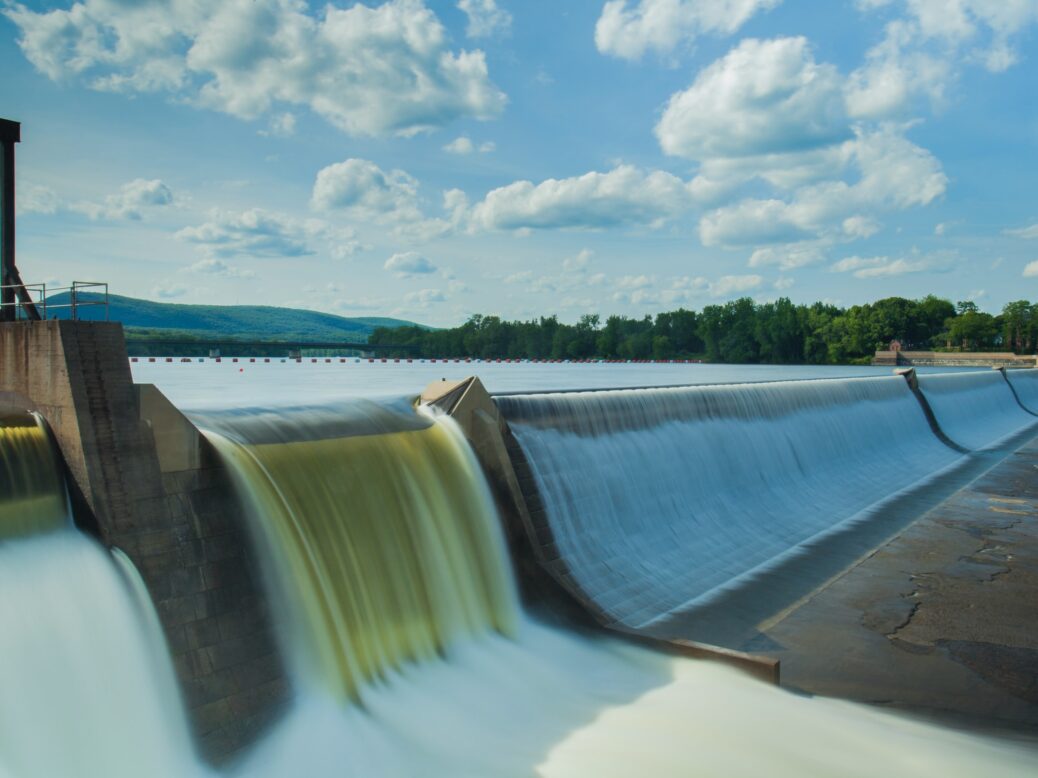The massive reservoir known as Lake Powell plunged below a critical threshold on Tuesday, raising new concerns about the stability of this energy source on which millions of people in the U.S. depend, AP reported.
The decrease in the water levels in Lake Powell below 1075 meters is the lowest since half a century ago. The lake was created by the decision of the federal government to dam the Colorado River in Glen Canyon.
This record marks another sobering realization of a changing climate threatening the U.S. with a megadrought.
The drop in water levels is due to the fact that warmer temperatures and declining rainfall from year to year leave less water in the Colorado River.
While water shortages are hardly new to Arizona, concerns about hydroelectric power at the Glen Canyon Dam reflect that the future that western governments only expected years later is already approaching—and fast.
“We were clearly not prepared enough to act so quickly,” said John Fleck, head of the Water Resources Program at the University of New Mexico.
Federal officials are convinced that water levels will rise in the coming months as the snow melts in the Rocky Mountains. But they also note that more may need to be done to ensure that the Glen Canyon Dam can continue to produce hydropower in the coming years.
“Spring runoff will eliminate the shortfall in the short term,” said Wayne Pullan, regional head of the U.S. Bureau of Reclamation, which manages water and electricity in more than a dozen states.
Although the water levels in Lake Powell and downstream Lake Mead are falling faster than expected, most of the attention of the region’s authorities is focused on how to deal with water shortages in Arizona, Nevada, and California, not electricity.

